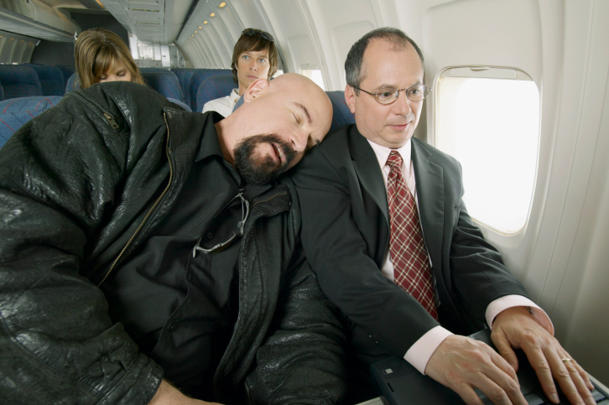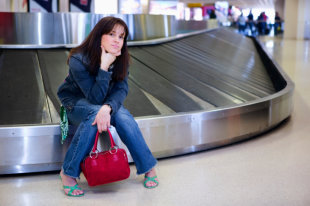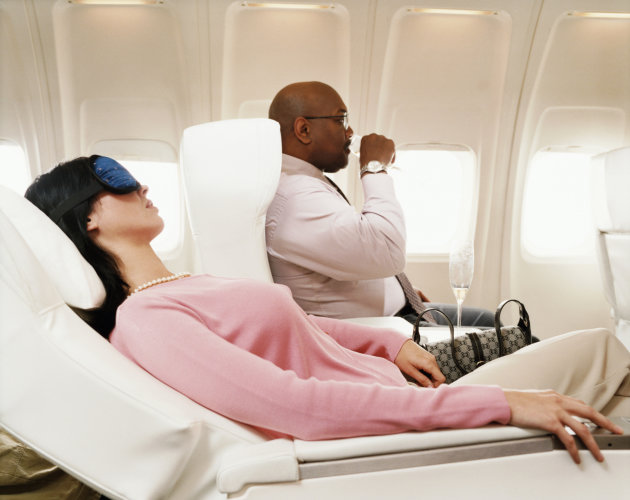 With all the news reports of airport control towers closing and the implied looming disaster that would occur because of that, I felt obliged to comment on this. For those of you who are pilots, I am certain that you have received similar questions. A friend of mine asked me the other night if I had landed at an airports with closed towers recently. He asked this in a way that implied that this was going to be something new and dangerous to my profession as an airline pilot.
With all the news reports of airport control towers closing and the implied looming disaster that would occur because of that, I felt obliged to comment on this. For those of you who are pilots, I am certain that you have received similar questions. A friend of mine asked me the other night if I had landed at an airports with closed towers recently. He asked this in a way that implied that this was going to be something new and dangerous to my profession as an airline pilot.He was quite surprised when I told him that, yes, I have in fact landed at airports with closed control towers. I have landed at airports that had no control towers. Airports operating without a control tower is not unusual. As long as aviation has existed, pilots have been landing without speaking to or needing a controller in a tower. Obviously, extremely busy airports that have very vibrant and important control towers (ATL, ORD, LAX, etc) are not the ones that are being closed to save money. In fact, all of the airports that are closing are not even operated by FAA personnel. They are so-called "contract" towers.
They are towers that are manned and operated by employees of companies that have been contracted by the FAA to operate the towers at a significant cost savings to the FAA, which means you and me, the taxpayer.
There are many reasons for this. Most of, if not all of the 149 airports that will have their towers closed were airports that had previously operated without towers. In order to "increase the margin of safety," a tower and controllers were added under the "contract" program because it simply was not cost effective to put a full time FAA government employee there. All of these contract tower airports that will be closed have fewer than 150 thousand flight operations per year. That is among ALL of them. That averages out to about 83 operations per month. The most dangerous things these contract operators do is battle boredom.
Are these places now more dangerous to fly into? No. Does having a tower operator improve safety? Sure, if that person is alert (remember the controller who fell asleep at Washington National?) and if the flight operations occur during the operating times of the tower. If a pilot is landing at the airport after the tower operating hours, then he is landing at an "uncontrolled airport." Which is something that even commercial airline pilots do frequently. Sometimes, on very early morning departures, we have to take off before the tower is opened. We get our flight "release" from air traffic control center and self announce on a Common Traffic Advisory Frequency (CTAF) to communicate with any other aircraft that may be on or around the airport. We coordinate among ourselves as to who is where and who will go first and from what runway, then we take off making an announcement on the same frequency before we switch to the "center" frequency.
The same is true if we arrive at an airport after the tower has closed. We coordinate with the "center" and self announce on CTAF to sequence ourselves in if there is other traffic arriving or departing. This is how most non commercial airports operate. At all of these "sequester" airports, fewer than 10 thousand commercial passenger flight operations occur each year.
In fact, at Pocatella, Idaho, (PIH), one of the 149 slated to have their control tower closed, this is the announcement on the airport website:
“The FAA announced today that the Air Traffic Control Tower at Pocatello Regional Airport will be closed sometime after April 7, 2013. The airport itself will remain open and continue to operate normally. The tower closure does not impair or jeopardize the safety and security of regular air service and passengers will not detect any change. Most other general aviation traffic will also be unaffected.
A well-tested protocol for operating at an uncontrolled airport is already in place at Pocatello because the tower closes each evening.
The other towers to be closed in Idaho are located in Hailey, Idaho Falls, and Lewiston. Twin Falls’ tower will remain open for now because it has federal employees that provide a special service for Burley airport.
Again, Pocatello Regional Airport will remain open and safety and security are not compromised.
All of this statement is true. They are alluding to the CTAF procedures I just mentioned. THAT is the well-tested protocol already in place. As they mention, the tower closes each evening. Planes still come and go. Lighting for the runways and taxiways is controlled by the pilot using the CTAF radio frequency via a series of clicks on the microphone. They have three daily scheduled commercial flights that will continue to operate.
As a pilot, so much responsibility is placed on us anyway. The Lexington, KY (LEX) crash in August of 2006 occurred at an airport with an operating control tower (that was open) and had the controller been paying attention, he could have prevented that crash by informing the crew that they were lined up on the incorrect runway. This was noted in the accident report, but ultimately the cause was "pilot error." They also noted the configuration of the airport, which, at the time, made it easy for this mistake to occur if you were not paying attention (the airport has since been redesigned).
So without getting into the politics of all of this, (and trust me, there are politics involved) you can relax amid the noise and confusion and "the sky is falling!" (a little pun there) rhetoric you are hearing. Every Control Tower where it is vital to have controllers will remain open. All of these are operated by FAA personnel. The real casualty is the job of the contract controller who, more than likely, was a retired FAA controller anyway receiving a government pension (though I am speculating about that).



